For years, well-respected industry leaders, from brands and agencies, have been proclaiming that third-party data was a thing of the past. The thought was that first-party data was performing better, and the focus was pivoting away from third-party data. This was common even before Google formally announced its plans for Chrome in 2020. Fast forward to the present day and the proclamations have become more pronounced. Big brands are doing everything they can to amass troves of first-party data, out of an intensifying fear that third-party data is dead.
Focusing on first-party data is paramount for future success, but to say that first-party data is the only data type going forward is false and does a disservice to the industry. It’s factual to say that third-party cookies are going away, but that should not be conflated with third-party data. In fact, despite all the attention on the issue, it’s not always clear when data should be classified as first- or third-party.
Pivoting away from all partner data completely limits how brands can use insights to grow their businesses, and potentially leads to walking away from healthy partnerships that have been a key part of their success.
Of course, money never lies, and it shows a disconnect between what advertising leaders are saying and what they are actually doing. Spending on third-party audience data continues to trend upward, amounting to a $12 billion market, according to the IAB. When someone tells you a growing multi-billion-dollar market is “dead,” it should give you reason to pause.
Just how vital is third-party data? Let’s examine what the ad world would look like if first-party data was the only type to exist when we wake up tomorrow.
Increased customer acquisition costs
Strong first-party data is a critical asset for curating and building lasting relationships with existing customers but has limitations when it comes to acquiring new prospects. Look-alike modeling is incredibly popular, but many platforms that offer this service rely on third-party data to model effectively. We’re already seeing companies like Facebook suffer due to restrictions like ATT, and a complete lack of third-party data would diminish their ability to power analytics. As powerful as first-party data is, there are gaps in the data set.
Inconsistent Cross-Channel Targeting
As mentioned, there is often conflation between third-party data and third-party cookies. Despite a reliance on third-party cookies in some channels, brands currently use third party data sets that are not tied to cookies to reach consistent audiences across screens and offline channels. Working only with first party and publisher data limits reach by reducing the ability to activate data in other channels. As a result, scale and accuracy will be different in each environment, whether a brand partners with a digital publisher or a CTV provider. Without supplemental data to build their graphs, match rates will decline across the board for pubs, platforms, and onboarding services.
Decreased Analytics/Machine Learning Performance
Modern advertising is dependent on machine learning and AI, and those tools are dependent on data flowing into predictive models. Limiting these technologies to first-party data results in predictions based on a narrow view of customers. Cost-conscious brands may find that the juice isn’t worth the squeeze of investing in AI.
Faster Data Decay
The pandemic threw a wrench into historic ideas of the customer purchase journey, resulting in a lasting change to the way that people buy things. Trying to stay up-to-date with trends requires up-to-date data. Certain attributes are steady, like age or gender, but others change frequently. If you only have first-party data, the likelihood of data degradation increases because brands can only update data when they capture or observe a change within the context of their business. Especially in the case of inactive customers, being able to access accurate third-party data to validate first party data will enable optimized re-engagement efforts.
Dispelling the Myth
While the rhetoric continues, it’s clear that third-party data enhances the entire ecosystem. Anything close to the “death” of third-party data eliminates much of the functionality that marketers rely on across channels, not to mention millions of dollars in healthy business partnerships and jobs across the ecosystem.
Properly sourced, privacy-compliant third-party data is exceptionally valuable to the success of modern marketing efforts. When it is taken out of the equation, the marketer is left with data that can be thin, impacting campaign accuracy and scale. While a strong first-party data asset is key to future success, modern data strategies mix first- and third-party data to deliver more impactful advertising.
Interested in learning more about how Alliant's DataHub brings together the power of first, second and third party data? Reach out to our team of data experts!







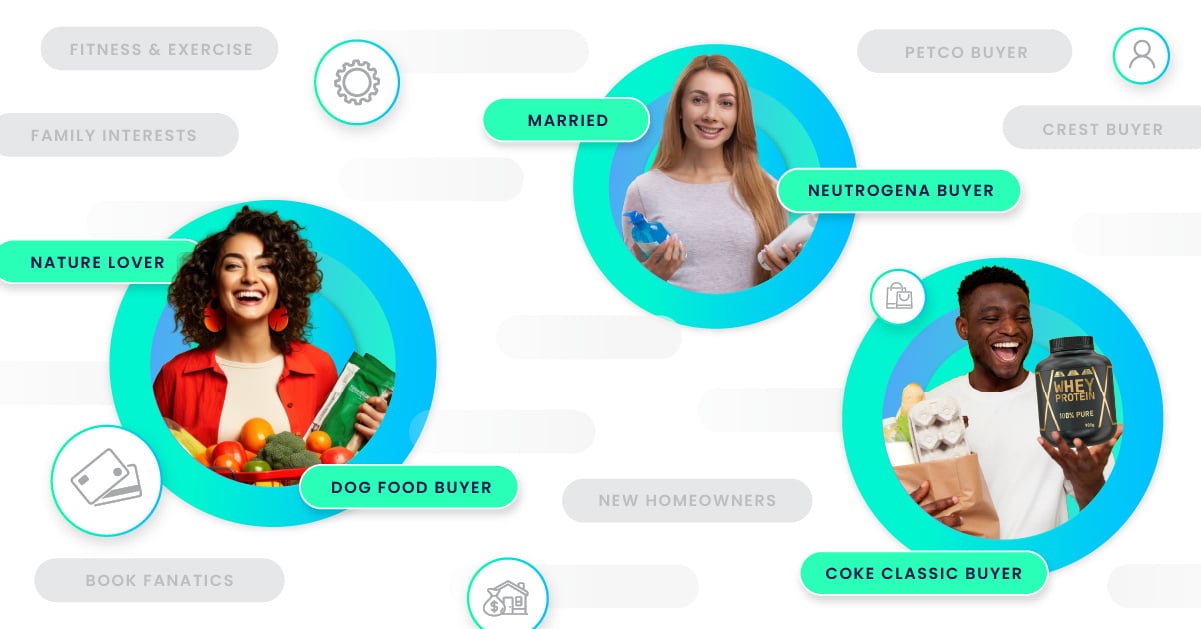












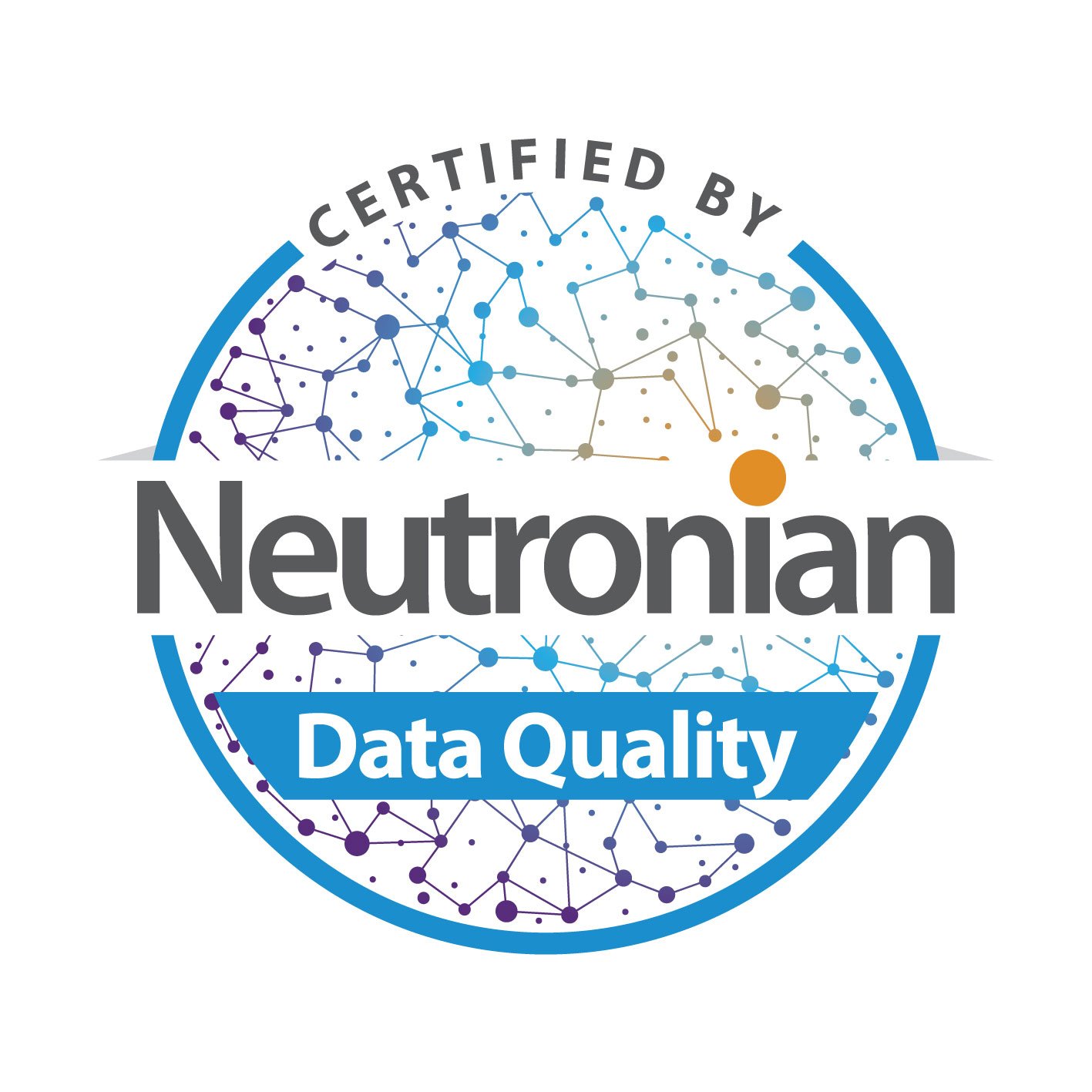
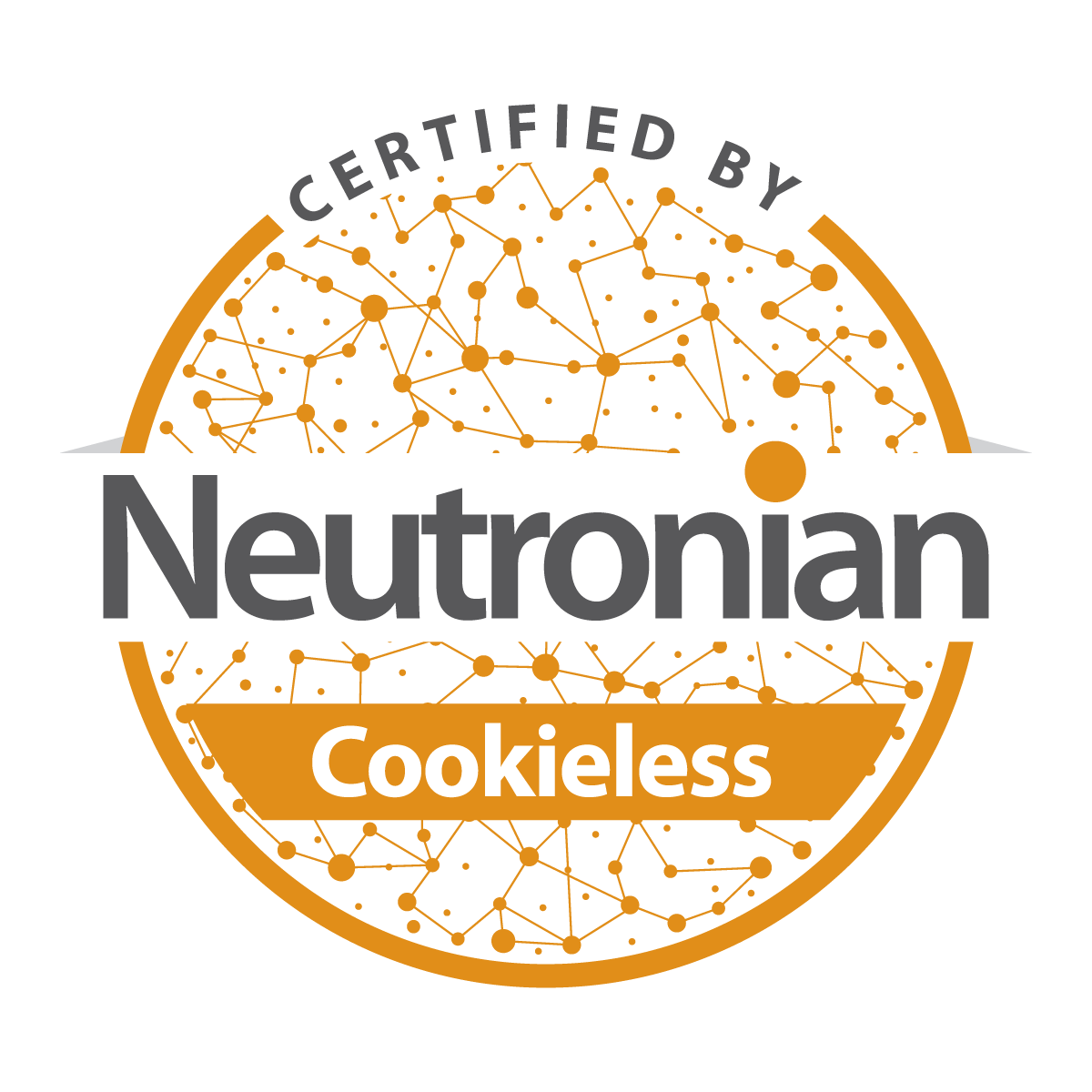
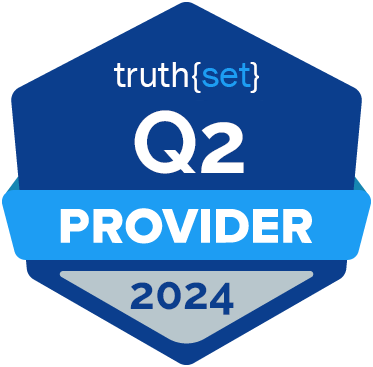







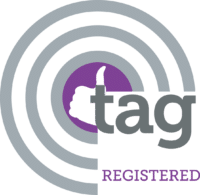
Submit a Comment